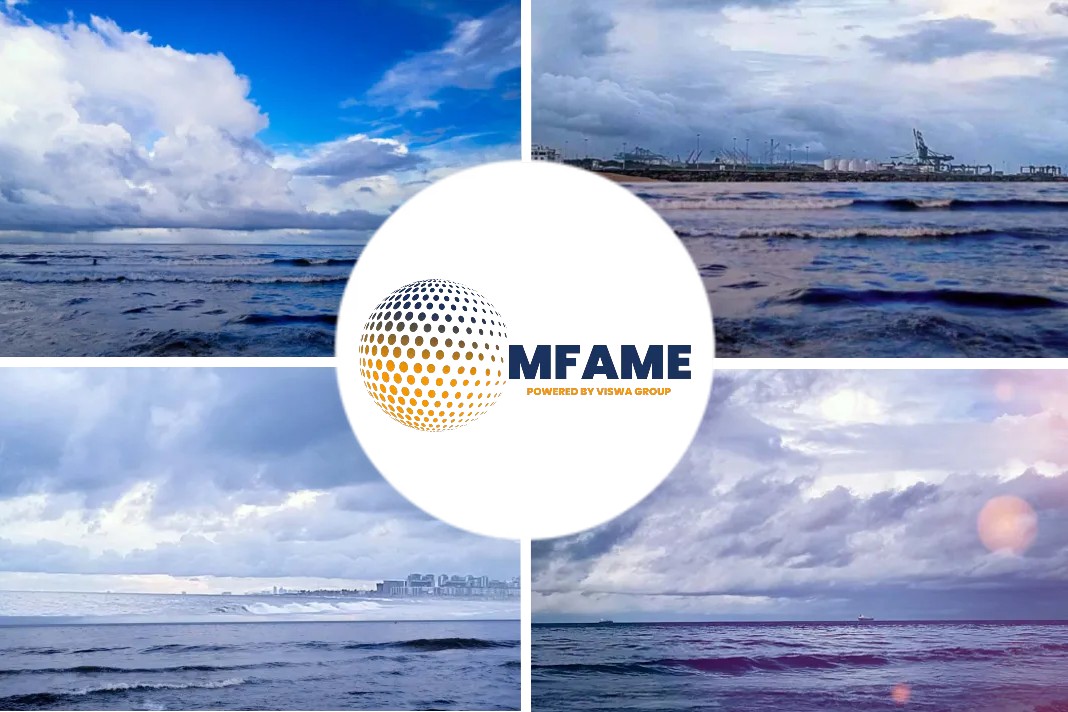
- International shipping and its climate impact is gradually getting more attention.
- Last year in Glasgow, signatory countries of the Clydebank Declaration pledged to establish green corridors.
- However, the question remains whether the pace and focus of these corridors are impactful enough.
International shipping must reach zero-emission by 2050 and align with the 1.5°C temperature goal of the Paris Agreement. For this to happen, the emission curve will have to start bending during this decade and decrease rapidly over the next 20 years. This means the sector needs to replace fossil fuels with alternatives that do not emit greenhouse gasses at any point in their lifecycle. Green corridors can play a major role in shipping’s energy transition. But considering the existing pledges, much more needs to be done. When designing new clean shipping routes, the following criteria should be considered:
Inclusive Vessel Type
Most of the proposed green corridors focus specifically on container ships, which are the most climate-polluting shipping segment. They are often referred to as a “low hanging fruit” due to their predictable sailing schedule, more straightforward stakeholder mix (owner and operator are usually one company), and that they transport more relatable cargo, making it easier to justify increased costs to end consumers.
Other ship types are more challenging due to their less predictable routes, but a more pragmatic approach can include them in the green corridor movement. While some ships — such as cruise ships or ferries — typically move between two ports, or along a given route, this is not the case for many other ship types, especially tankers or bulkers. Even these ships, however, show some patterns based on the cargo they carry.
To date, only one bulker and one tanker corridor have been proposed, between Western Australia and East Asia and between Rotterdam and Algeciras, respectively. Many more corridors of this nature are needed, and they must be set up in a coordinated effort to include key ports.
Geographic Distribution
The transition away from fossil fuels will not happen overnight and we cannot just wait and see how green corridors work out in the global north before we begin acting in the rest of the world.
The current geographic distribution of green corridors is related to the major emphasis on containerships. They cover some of the world’s largest and busiest ports and are heavily focused on goods heading to markets in developed countries, or trading between developed countries. Examples include the European Green Corridors Network, an initiative to create a network of green corridors in Northern Europe and the Baltic Sea, and a similar project in North America which would establish a green corridor between Alaska, British Columbia and Washington.
For years, the Environmental Defense Fund has argued that the shift to clean fuels will attract investment and other socioeconomic and environmental benefits, especially to developing countries. Some may argue that including the global south in the transition now will increase the cost of shipping and have an overall negative impact on developing and least developed economies. Currently, the supply of very low and zero-carbon fuels is extremely limited. Before production is scaled up, there is likely to be supply competition, not only within shipping but in some instances, competition with other sectors.
Reimagining Ports
Communities in port cities, especially those in developing countries, suffer from adverse environmental impacts of shipping. Despite at least 15 of the world’s largest 20 cities being ports, only Shanghai has been covered by a green corridor initiative to date.
Decarbonizing shipping brings many environmental benefits, including but not limited to improved air quality and noise levels. Green corridor plans must consider more than simply offering a zero-carbon fuel or being able to accommodate zero-emission vessels.
Transforming ports into zero-carbon fuel hubs brings many challenges, some of which we may not even be aware of yet. In addition, some alternative fuels can be very dangerous if not handled properly, as shown in our upcoming study on the impact of ammonia spills on the marine environment.
Worldwide Impact
The pathway to decarbonization shows that zero emission fuels need to make up 5% of the international shipping fuel mix by 2030 to enable decarbonisation in line with Paris goals. Green corridors have become very popular and being involved in one is now almost a matter of prestige. It has almost turned into a race to see who joins in sooner, and perhaps the initial ambition of green corridors has been forgotten. It almost seems that obtaining the green corridor status has become more important than decarbonizing the sector.
Another question is whether establishing a green corridor to eventually service a handful of ships is good enough to move toward decarbonization. Most corridors currently on the table are in the feasibility study phase, which has to successfully conclude before seeing changes on the ground.
Green corridors are an excellent tool that will, together with other measures and policies, help navigate the shipping sector towards decarbonisation. However, it’s important to focus on the goal of decarbonisation in these projects and work to create a more coordinated, inclusive and better-distributed network of green ports to support shipping’s decarbonization.
Did you subscribe to our newsletter?
It’s free! Click here to subscribe!
Source: EDFblogs















